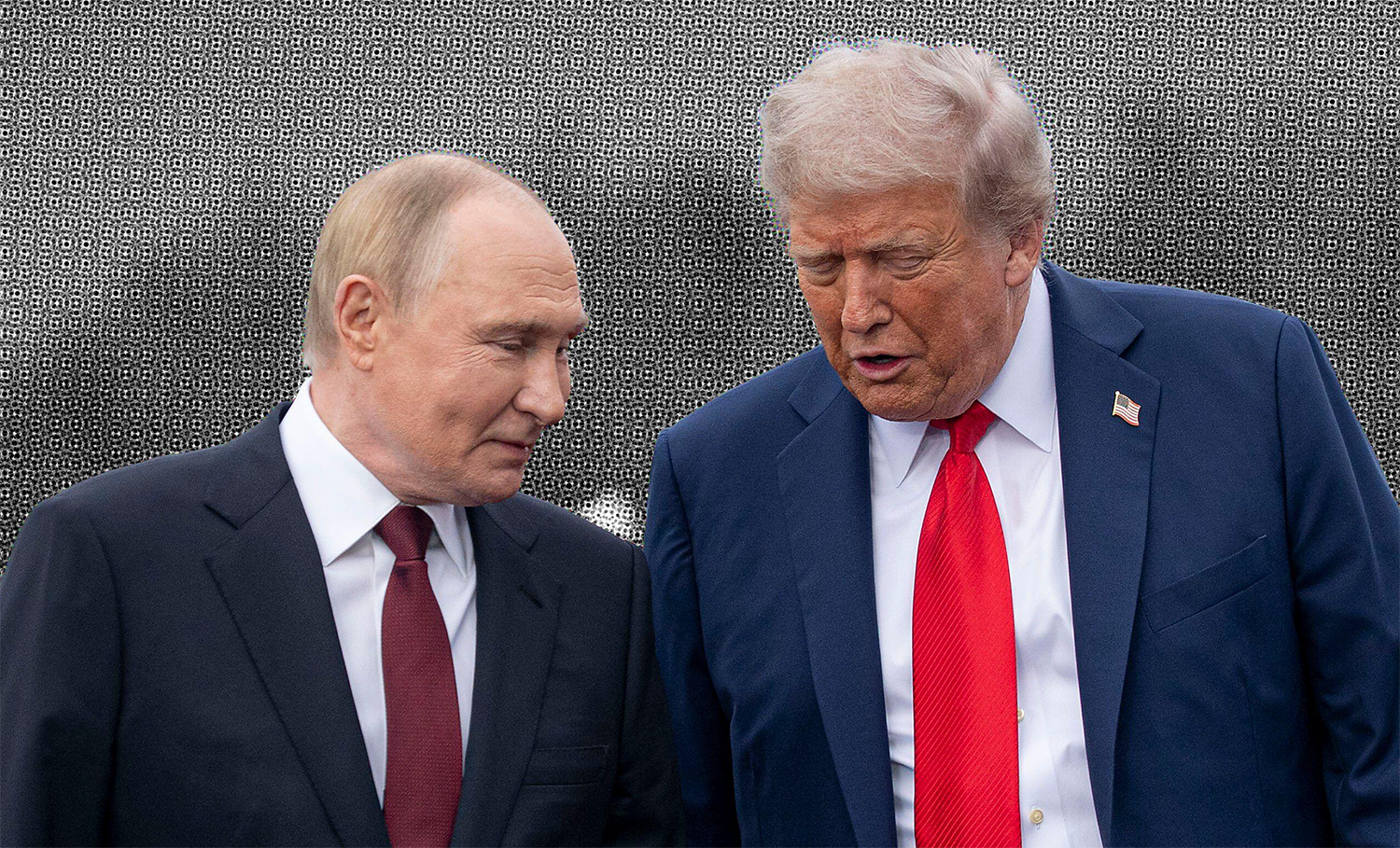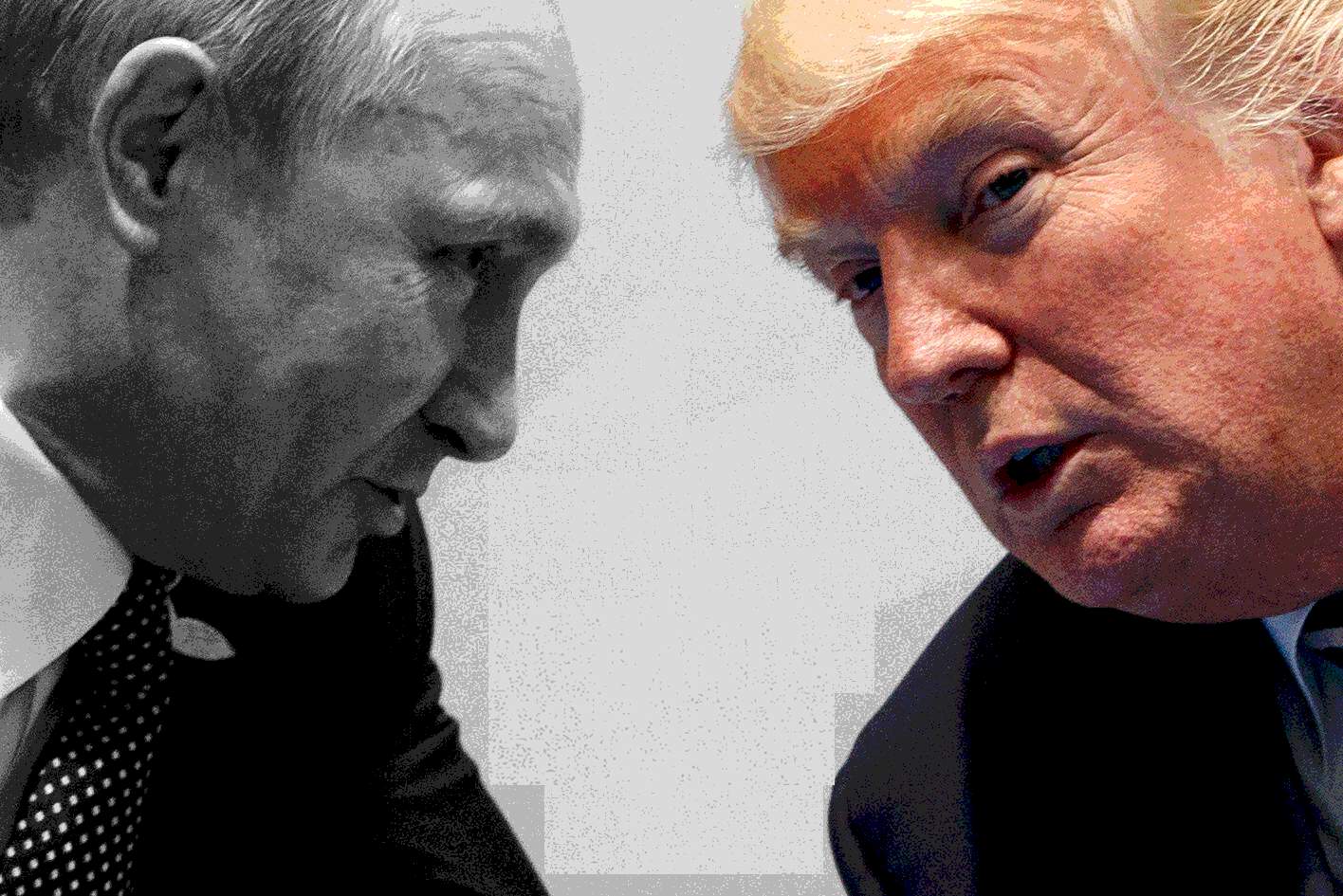Support our mission to provide fearless stories about and outside the media system
Packed with exclusive investigations, analysis, and features
On August 15, 2025, in the city of Anchorage, Alaska, on the territory of a U.S. Army military base, a Russia–U.S. summit took place, which many journalists have already dubbed the “Alaska Summit.” The key topic of the meeting was the resolution of the military conflict in Ukraine. However, a significant number of analysts initially did not expect any political breakthrough regarding the Russian-Ukrainian war.
And this is quite understandable: although the war was officially at the center of attention, for most observers it was clear that the event was rather symbolic in nature, typical of modern political technology. What mattered more was the very fact of the meeting, its setting, the chance to outmaneuver one another in subtle diplomatic details, to provide the press with polished photographs, to utter the “right” words, to pull Putin closer during a handshake, and many other gestures—while at the same time offering no real mechanisms for a ceasefire or for achieving a just peace settlement.
This performative symbolism was visible from the very beginning. The summit was not thoroughly prepared; it was organised hastily, without serious preliminary consultations, which in itself looked like yet another political trick by the Trump administration.
Earlier, Trump had threatened Moscow with harsh sanctions if, within ten days, there were not at least some formal prospects for a peace agreement in the war in Ukraine. In essence, this was an ultimatum issued by Washington to somehow demonstrate determination and showcase the activity of American diplomacy. But in reality, it only cornered the White House, because behind such loud statements, there were no real levers of influence.
For Putin, this meeting was not a platform for negotiations, but above all an instrument of political legitimisation. On the one hand, it was an opportunity to show the world that he is still being received, that he is capable of holding dialogue on equal terms with the President of the United States, despite the warrant of the International Criminal Court and his de facto political isolation.
On the other hand, it was a signal to his close circle and his domestic audience: “I am still capable of something, I am still being taken seriously, and I remain a figure of international stature.” For Putin, this is no less important than the war itself, because in the Russian system of power, personal demonstrations of strength and “handshake-worthiness” are often valued more highly than any real diplomatic results.
The Aspirations of the United States
From the very start of his presidential campaign, Donald Trump tirelessly repeated that he could end the war in Ukraine “in just one day” once he became president. He insisted that he possessed special mechanisms of influence over the parties to the conflict, that he knew the “secret levers,” and that he would act in ways no previous American leader had been able to.
These bold claims sounded impressive during the election race, but from the moment of his election and inauguration, reality proved entirely different. Neither in the first 100 days nor afterwards did the situation shift even an inch. On the contrary, at times, tensions between Kyiv and Washington reached unprecedented levels.
At one point, Trump’s inner circle even discussed the possibility of reducing—and eventually completely cutting—military aid to Ukraine. For Kyiv, this looked like a stab in the back, while for Moscow, it was a long-awaited signal of Western weakness and fatigue. And then, shortly before the summit itself, Trump once again chose to play for effect: he announced a specific deadline, after which he promised to impose heavy sanctions on Russia. At first, this deadline was set at 50 days, but then it was shortened to just 10—effectively to August 7, 2025, right at the moment of final confirmation of the Alaska summit.
From this, one important conclusion can be drawn: the initiator of the public meeting between Russia and the United States was, to a greater extent, the United States itself. The Trump administration had become a hostage to its own campaign promises, which had been unrealistic from the very beginning. The American president had built an image of a “strong negotiator,” capable of ending the war with a single decision, but when faced with harsh reality, he was forced to act more like a sapper—cautiously, groping for solutions, using any available diplomatic mechanism, if only to create at least the illusion of progress.
In the end, the summit became less an attempt to resolve the conflict and more a tool for salvaging the reputation of an American president eager to prove that he was in control, even when the facts suggested otherwise.
Russia’s Aspirations
From the very first days of the war, the Russian side has tirelessly repeated that it is supposedly ready for negotiations. Yet Moscow’s entire stance toward Kyiv appears blatantly detached from reality. From the beginning up until today, the conditions the Kremlin has put forward to Ukraine are tantamount to an ultimatum—essentially the same as if Kyiv had laid down its arms and signed a capitulation in the very first days of the invasion. This is not a negotiating position at all, but rather dictation disguised as “dialogue.”
Meanwhile, Russia, as the aggressor, has found itself in a state of unprecedented economic and political isolation. True, the effectiveness of economic sanctions is sometimes debated: some argue that Russia is adapting, seeking loopholes, building “shadow” trade schemes. But when it comes to political isolation, there is no debate.
Putin and his closest circle have been effectively erased from global politics: an arrest warrant has been issued against the Russian president by the International Criminal Court, the country’s leading state institutions have been expelled from international organisations, and the overwhelming majority of key power figures are under personal sanctions. Even those long regarded as diplomatic heavyweights are today deprived of the ability to travel freely and participate in international politics.
Everything happening on the territory of Ukraine should, in all fairness, culminate in a political tribunal for Putin’s system. The scale of destruction, the human casualties, the proven facts of war crimes – all of this creates a legal and moral foundation from which Moscow cannot escape. That is precisely why the Kremlin will seize any opportunity to break through its isolation and return to international platforms.
A striking example was the visit of Valentina Matviyenko, the head of Russia’s Federation Council, to a forum in Geneva, which took place shortly before the Alaska summit. She was under comprehensive sanctions, yet nonetheless appeared on the international stage.
And it is important to understand: Matviyenko is not an ordinary official. She was the one who once signed the decision authorising the deployment of the Russian army abroad, effectively giving Putin the constitutional right to launch the war against Ukraine. Her participation in such events is no coincidence but a calculated demonstration: Moscow is trying to prove that its representatives, despite sanctions and arrest warrants, can still appear at the centre of world politics and engage with foreign counterparts.
Thus, Russia’s aspirations are not about seeking peace but about a banal attempt to break the blockade and show that Putin’s regime is still “in the game,” that it can and must be invited to sit at the same table with the leaders of major powers.
Triumph and Failure
What did we actually witness, and what were we meant to see? Donald Trump, who has still failed to deliver on his bold campaign promise of “ending the war instantly,” is now desperately trying to achieve at least an illusory result. For this, he is willing to take reckless steps, even at the cost of his own image. The very idea of the summit, as it turned out, produced no practical outcomes: it merely created a picture of prospects that, in reality, do not exist.
When the White House publishes a photograph of Trump and Putin in Alaska with the caption “history,” the obvious question arises: what exactly do they mean? A three-hour meeting with no concluding press conference? Or perhaps the simple fact that Putin was once again given a platform for another lecture on “his version of history,” after which he refused to answer a single question from independent journalists? And yet, this was likely his first encounter in a long time with truly free media—where not everything can be controlled in advance. Characteristically, even then, he chose to avoid any direct answers.
But the most troubling aspect is that, in this situation, it is Putin who emerges as the victor—or, if you prefer, the triumphant figure. After years of isolation, after having committed war crimes already in large part documented—crimes carried out by the Russian army under his orders as Commander-in-Chief—he appeared in the United States. And not just appeared, but arrived as an honored guest. A red carpet was rolled out for him, he was received at the highest level, and the American president personally placed him in his limousine. This was a demonstrative gesture of closeness and trust, which Moscow will now exploit as a symbol of “Putin’s return to big politics.”
And all this unfolds against the backdrop of the Russian army continuing to destroy Ukrainian cities, striking civilians on a daily basis. The paradox is striking: while some nations speak of tribunals and international accountability, another part of the global political stage lays out red carpets for Putin. This is an extremely dangerous precedent—one that history has seen before, and we all remember where such precedents have led.
For Domestic Consumption
While Donald Trump is searching for any possible way to demonstrate movement toward resolving the war in Ukraine, Vladimir Putin uses such meetings solely to project strength and the immovability of his chosen course. What truly matters is not what was discussed behind closed doors, but how it looked from the outside: once again, Putin appeared as a “handshake-worthy” leader, received at the highest level.
The mere fact of his presence in the United States was already a political victory for him, regardless of the absence of any tangible outcomes from the talks.
With this meeting, Putin sent a clear signal to Western nations: he is willing to speak only with the main player, the President of the United States, while disregarding the leaders of other countries. This is both a challenge and a reminder — Moscow has no intention of treating “secondary” partners as equals, and its strategy is built on direct engagement with Washington.
It is crucial to recognise that we are witnessing new changes, not only in international politics but also in the structure of global security.
The Russian Federation today is not the Soviet Union. Modern Russia is far more flexible and pragmatic in its methods, while Putin’s leadership and his inner circle have been tested by time and are firmly entrenched in their positions. Any attempts by society to push for political freedoms inside the country are suppressed harshly and without hesitation.
This means only one thing: Russia will not change tomorrow, nor in the foreseeable future. Waiting for reforms, or even minor democratic concessions, is pointless.
Moreover, if the West makes the mistake of granting concessions to Putin, this will only reinforce his confidence in his own invulnerability and the stability of his political regime. And such a regime inevitably breeds new conflicts — both internal and external. Systems of this kind understand only the language of force, and no other.
And today, it is Ukraine that speaks to Putin’s Russia in precisely this language, proving that dialogue is possible only through resistance.
If this trend continues, and the world insists on trying to seat Putin at the negotiating table as an equal, we will face even darker times ahead. History teaches us one thing: you cannot negotiate with a lion when your head is already inside its jaws.



